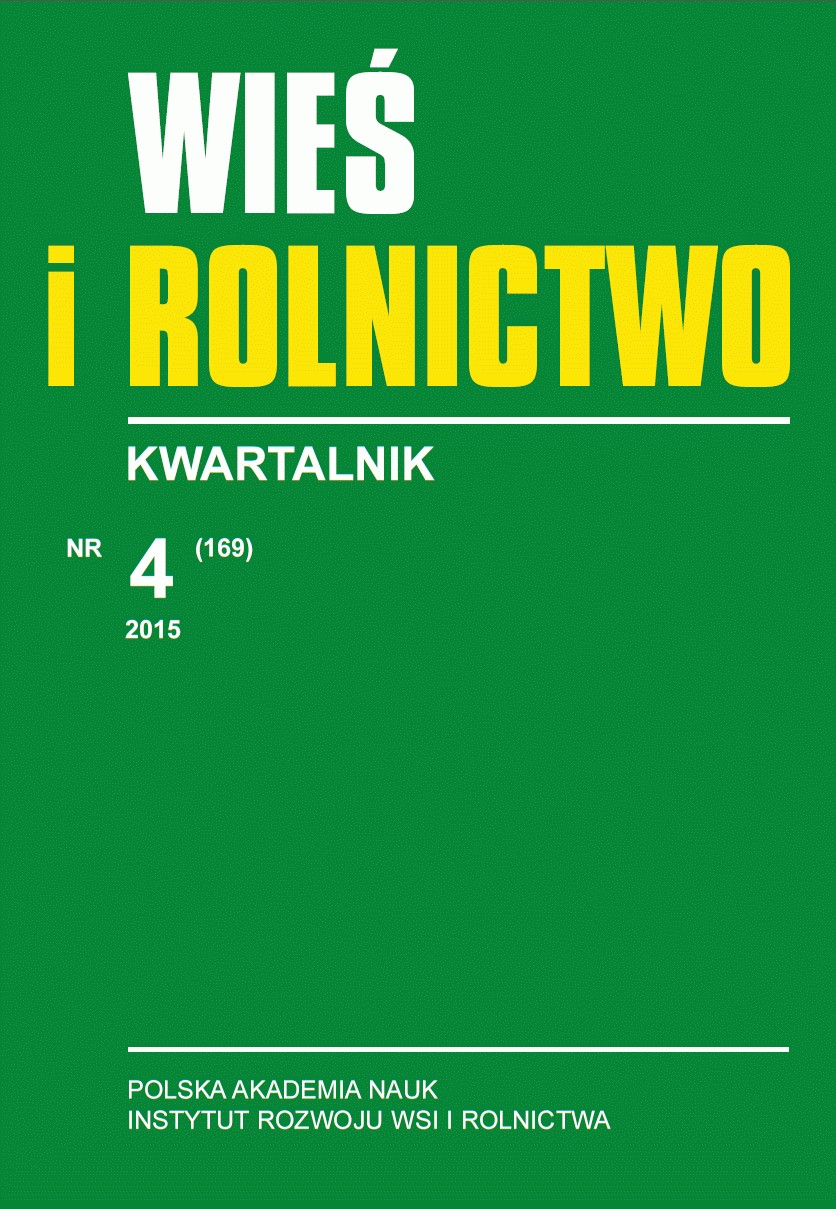Regional economic impacts of fishing and hunting in Finland
DOI:
https://doi.org/10.53098/wir.2015.4.169/06Keywords:
Regional economic impacts, CGE modelling, hunting tourism, recreational fishing, nature based tourismAbstract
The state enterprise, Metsähallitus, administers state-owned land and water areas in Finland covering approximately 12 million hectares. One of the official administrative duties of Metsähallitus is to provide hunting and fishing opportunities for citizens. In 2013, more than 81,000 hunting licenses and 71,000 fishing licenses were granted. As indicated in the study, during one season, Metsähallitus hunting and fishing customers spent over EUR 33 million in the region for where the licenses were issued. This paper indicates that hunters and fishers in Finland travel extensively and support the regional economy with their expenditure.In the summer and autumn of 2013, Metsähallitus carried out a survey that provided valuable and up-to-date information that could be used for quantitative and qualitative research. For modelling purposes the private expenditures of hunters and fishers were grouped into categories: trade, accommodation, restaurants, local public transport, and entertainment.However, the study also analysed these expenditures in more detail, presenting the personal expenditures per trip, per day of a trip, and per license. Moreover, the location of the expenditures was disaggregated into the region for where the license was issued, the region of residence, and “on the way” between those two. For example, an average grouse hunter with short-time period (1–7 days) license in 2013 spent around EUR 150 per hunting trip within his or her own region of residence, and more than EUR 440 per trip if the hunting area was located outside the region of residence.RegFin, a comparative-static regional Computable General Equilibrium (CGE) simulation model was used in this study to calculate the wider economic impacts of these direct expences at a regional level, as well as to serve as an engine for an Excel-based assessment tool. The assessment of the regional economic impacts focused on basic economic indicators such as regional gross domestic product (GDP), private consumption, and employment.The results of the study indicate that hunting and fishing activities have a positive impact on regional economies. Consideration of licenses in 2013, hunting and fishing on state-owned land show that they increased regional GDP by EUR 7 million, created 86,5 person working years, and produced private consumption of EUR 36.7 million.Among the many conclusions, it was found that investments in regional services linked to hunting and fishing activities would increase the regional economic impact of Metsähallitus customers.References
Keskinarkaus, S., Matilainen, A., & Kurki, S., 2009: Metsästysmatkailu ja sen kestävyys valtion mailla, Vol. 18. Seinäjoki, Finland: Helsingin yliopisto, Ruralia-instituutti.
Matilainen, A., & Keskinarkaus, S. 2010: The economic role of hunting tourism - examples from Northern areas, Reports: University of Helsinki, Ruralia Institute.
Sarajärvi, K. 2014: Wildlife-matkailun aluetaloudelliset vaikutukset – Tarkastelussa kalastus – ja metsästysmatkailu Lapin ja Kainuun maakunnissa. Tutkielma, Oulun yliopisto, maantieteen laitos.
Törmä, H. and Zawalinska, K., 2010: Methodological description of the CGERegEU model. FP7 CAPRI-RD project, Deliverable 3.2.2. Available from http://www.ilr.uni-bonn.de/agpo/rsrch/capri-rd/docs/d3.2.2.pdf
Törmä, H. and Zawalinska, K., 2011: Final documentation of the CGERegEU+ model. FP7 CAPRI-RD project, Deliverable 3.2.3. Available from http://www.ilr.uni-bonn.de/agpo/rsrch/capri-rd/docs/d3.2.3.pdf
Törmä, H., Zawalinska, K., Blanco-Fonseca, M., Ferrari, E. and Jansson, T., 2010: Regional CGE model layout with a focus on integration with the partial equilibrium models and modelling of RD measures. FP7 CAPRI-RD project, CAPRI-RD Deliverable 3.2.1. http://www.ilr.unibonn.de/agpo/rsrch/capri-rd/docs/d3.2.1.pdf
Wittwer, G. (Ed.)., 2012: Economic Modeling of Water: The Australian CGE Experience. Global Issues in Water Policy 3. Springer. DOI: https://doi.org/10.1007/978-94-007-2876-9
Zimoch, U. Törmä, H., Keskinarkaus, S., Rautiainen, M. and Kinnunen, J., 2014: Metsähallituksen metsästys - ja kalastuslupa-asiakkaiden rahankäytön aluetaloudelliset vaikutukset, Ruralia Institute Reports 132.
Downloads
Article file downloads
Pages
How to Cite
Issue
Section
License
Copyright (c) 2015 Wieś i Rolnictwo

This work is licensed under a Creative Commons Attribution 4.0 International License.










